Venison is a prized meat for many reasons including its rarity, unique flavor, and health benefits. But what if you found elk meat instead?
Elk meat is the same as venison or meat from antlered animals. Both are equally healthy and delicious. The meat is really low in fat and high in protein. It also contains vitamin K, vitamin B12, iron, zinc, and choline.
So, what are these health benefits, and how does venison cook best? Learn the answers to these questions below!
Are Elk and Venison the Same?
Venison in the UK comes from deer meat. Venison in the US, on the other hand, comes from the meat of deer, reindeer, elk moose, antelope, or caribou(source: BBC Good Food).
American elk is part of the deer genus. They are usually raised for velvet that comes from their antlers (source: Pennsylvania State Extension). While elks are raised more for this reason than for their meat, they produce similar meat to venison that comes from deer species.
Venison is considered a healthy type of red meat. It is abundant in protein and low in fat content which makes it a great choice for people trying to cut down their fat intake but not protein.
A 3-ounce cooked venison has approximately 18 g of protein and 3 g of fat. It also contains the vitamins and minerals vitamin K, vitamin B12, iron, zinc, and choline (source: University of Illinois Extension).
A diet high in protein can help prevent or even treat obesity, type 2 diabetes, Metabolic Syndrome, osteoporosis, heart disease, and sarcopenia or the decline of skeletal muscles (source: Nutrition and Metabolism).
Vitamin K helps make proteins needed in blood clotting, which means vitamin K helps with too much bleeding (source: NIH). Vitamin B12 helps with the good health of nerve and blood cells, as well as making DNA (source: NIH).
When it comes to iron, like protein, is needed for growth and development. Its primary job is to produce hemoglobin which is the protein that carries oxygen (source: NIH).
Zinc, on the other hand, helps defend the body against harmful invaders, aids in wound healing, and has a role in breaking down carbohydrates (source: Medline Plus).
Choline is not a major mineral, but it is essential in metabolism, the nervous system functions to control, and more (source: NIH).
Are you curious about the side effects of trying venison for the first time? Knowing how different foods affect our bodies is valuable, and learning more about it can be really helpful.
Venison has a wild and gamey taste. This is closely linked to what the animal’s diet is. If fed with corn, the result is a milder taste compared to a diet of sage and acorns (source: University of Minnesota Extension).
The gamey flavor comes from the fat that resides outside the meat. The gamey meat of venison signifies a bitter taste (source: Montana Outdoors).
The fat has to be removed before cooking, along with silver skin (a translucent lining), bones, and other connective tissues to eliminate the gamey taste (source: University of Minnesota Extension). When prepared right, venison tastes great!
It has a unique flavor that sets it apart from other meats. Compared to grass-fed beef which is rich and mild, venison is sweet and intense. This is because venison has little to almost no fat within its muscles.
What’s in between the muscle strands of venison are multiple capillaries or tiny blood vessels and this is what makes it sweeter. To keep its sweetness, prime or tender cuts are best used.
These meat cuts need to be cooked briefly and at a high temperature. Venison is excellent in steaks, kabobs, or sandwiches (source: Montana Outdoors). If you order or cook a venison steak, don’t overcook it otherwise, you’ll lose the sweetness and tender texture that you desire.
There are no apparent key differences between the types of meat from elk and those from other animals with antlers. All are equally delicious and nutritious!
We hope this article helps and give venison a go if you haven’t already!


![Is Elk the Same as Venison? [Taste, Nutrition + More] A plate of roasted elk meat and mushrooms served with boiled potatoes garnished with herbs, surrounded by a bed of fresh greenery and scattered brown mushrooms.](https://cuisineseeker.com/wp-content/uploads/2023/02/elk_meat-768x513.jpg)


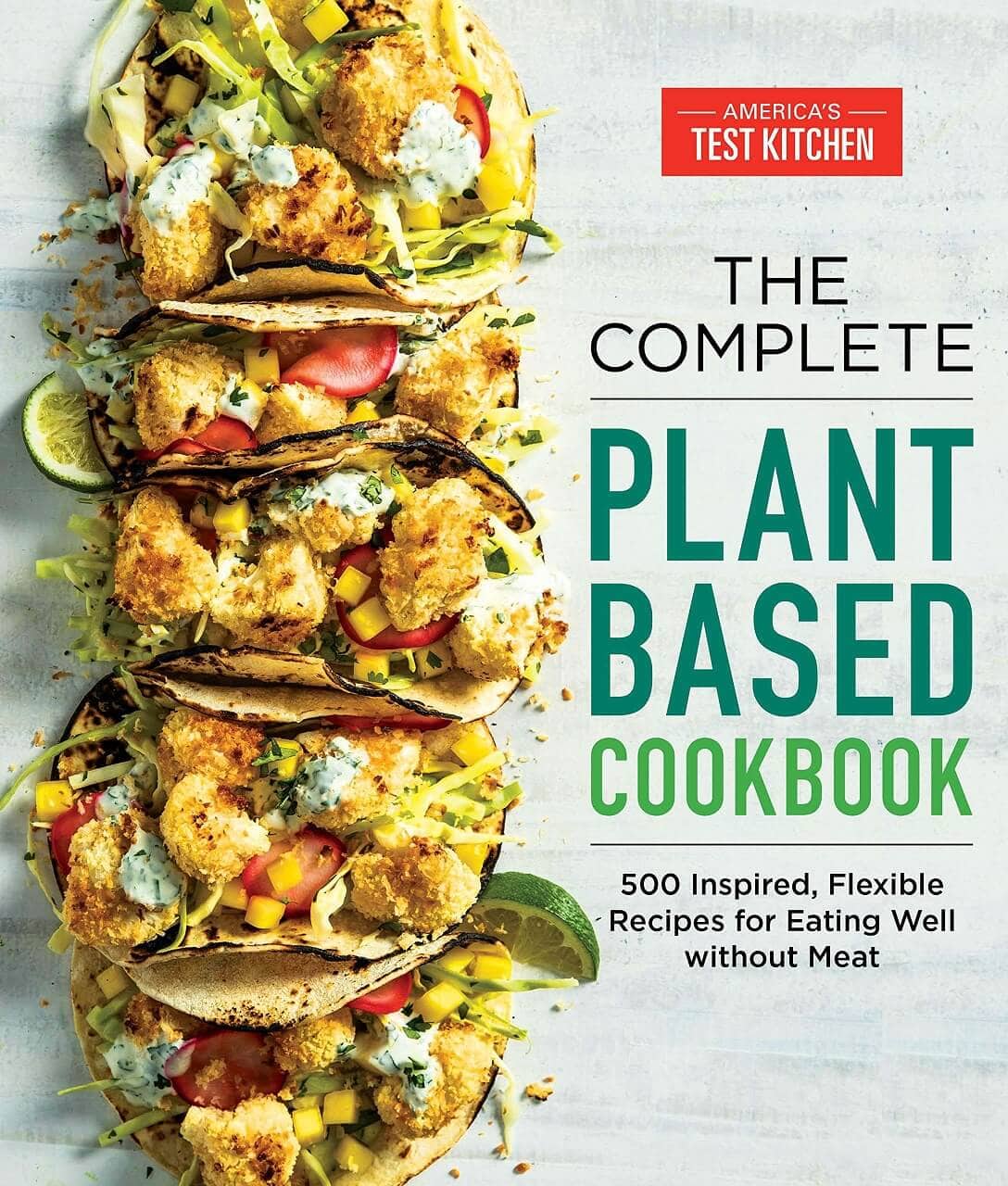
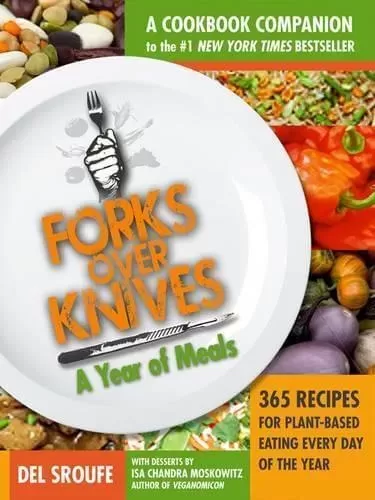
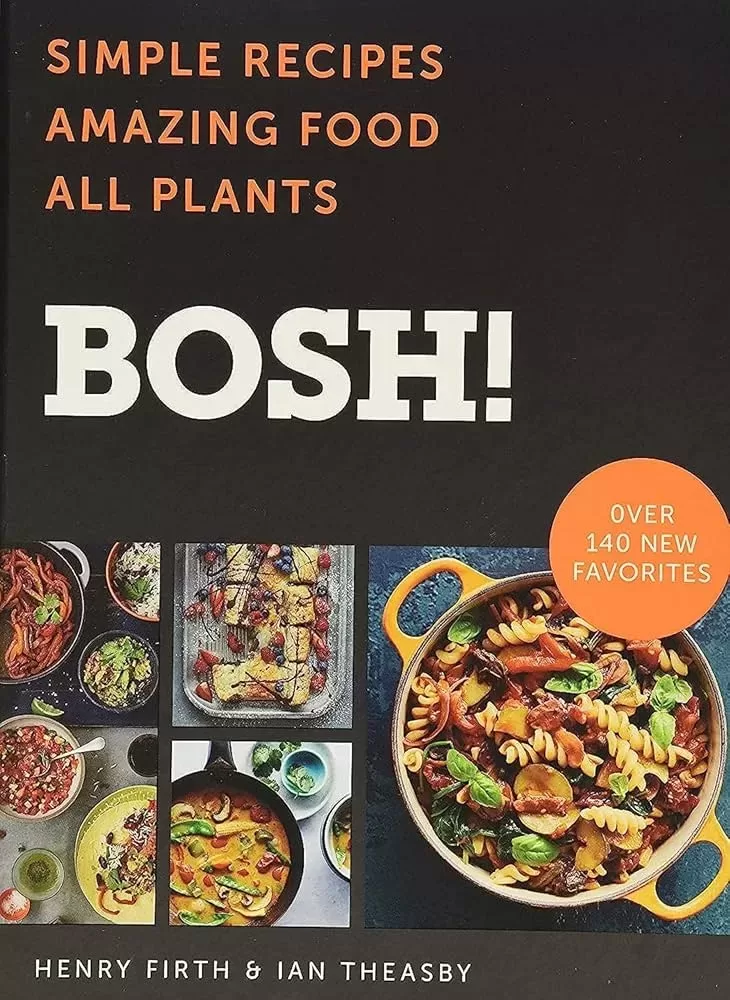
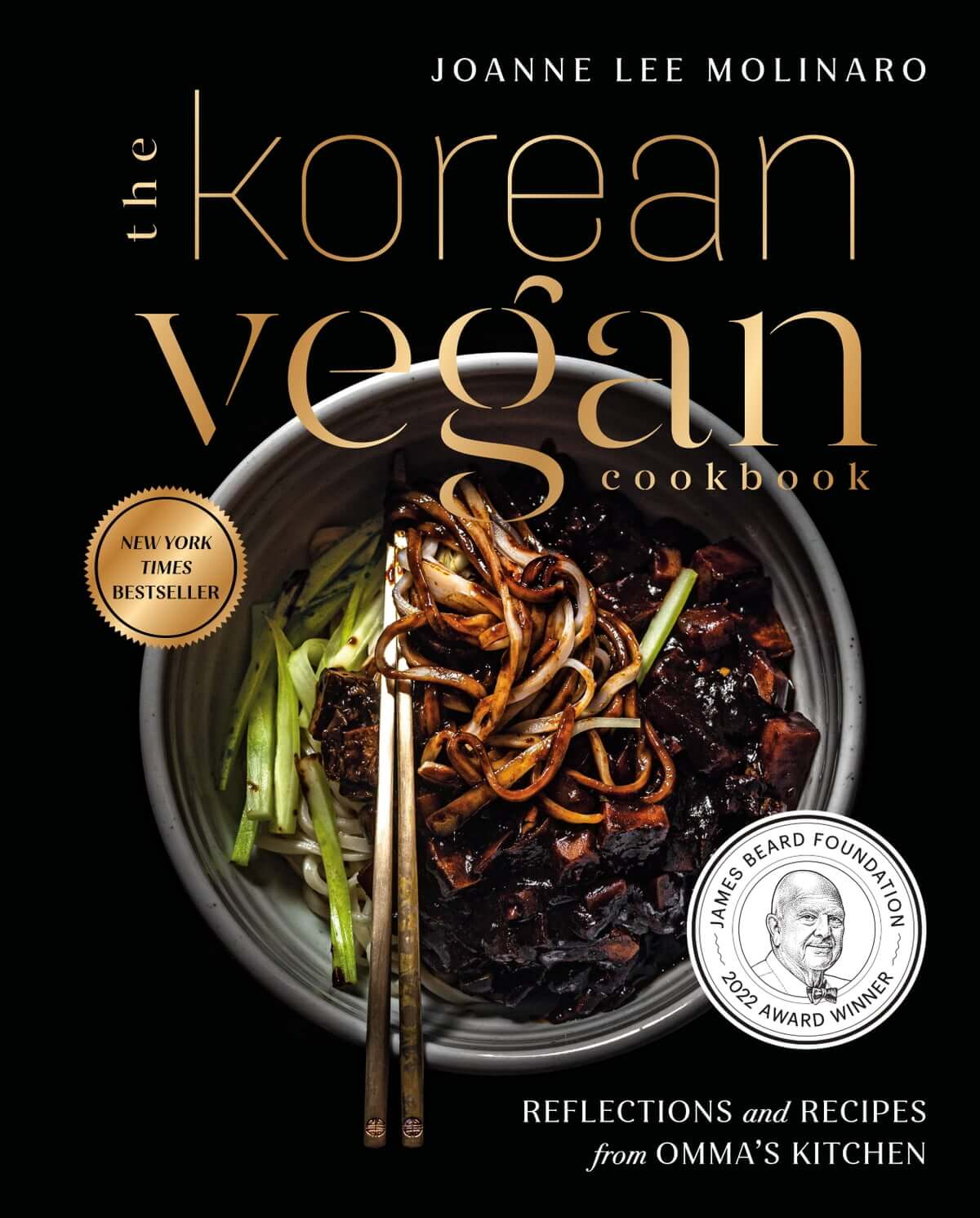
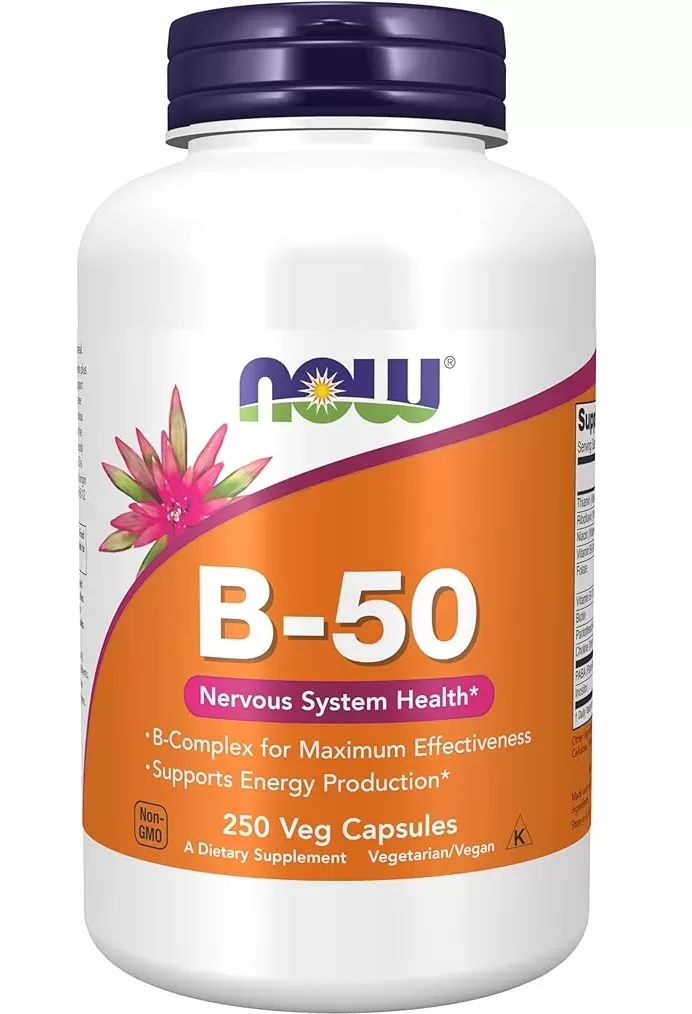
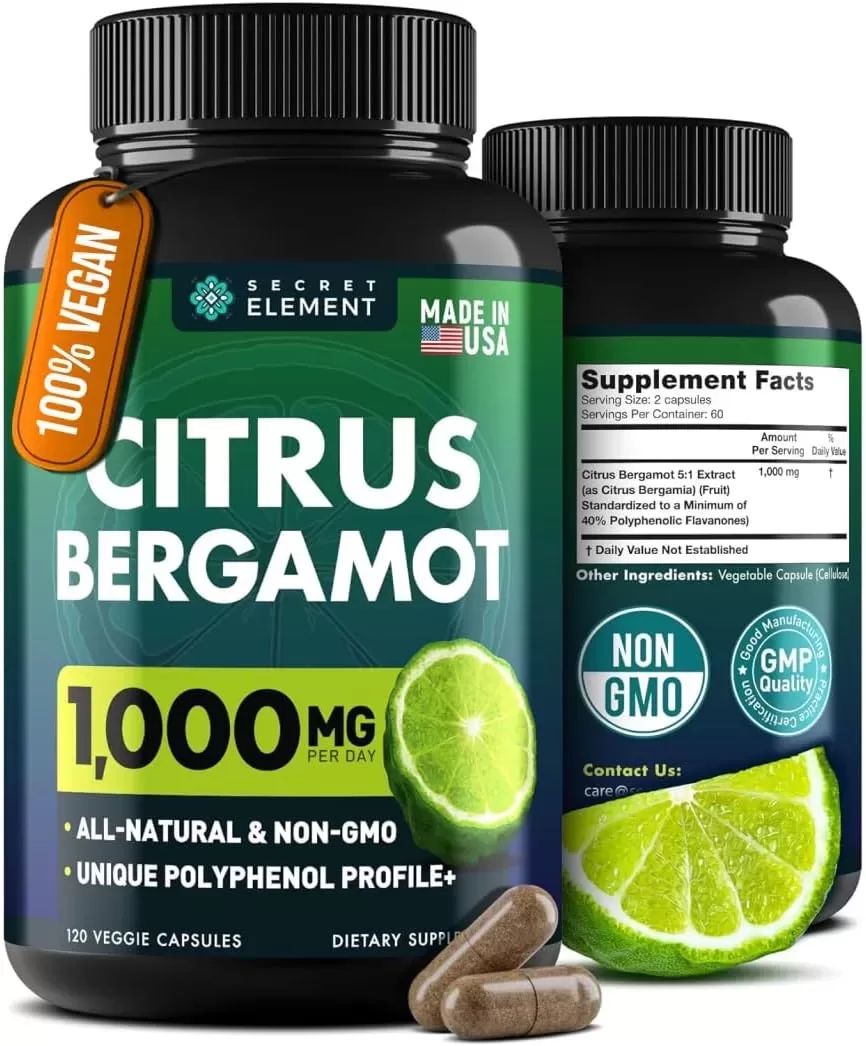
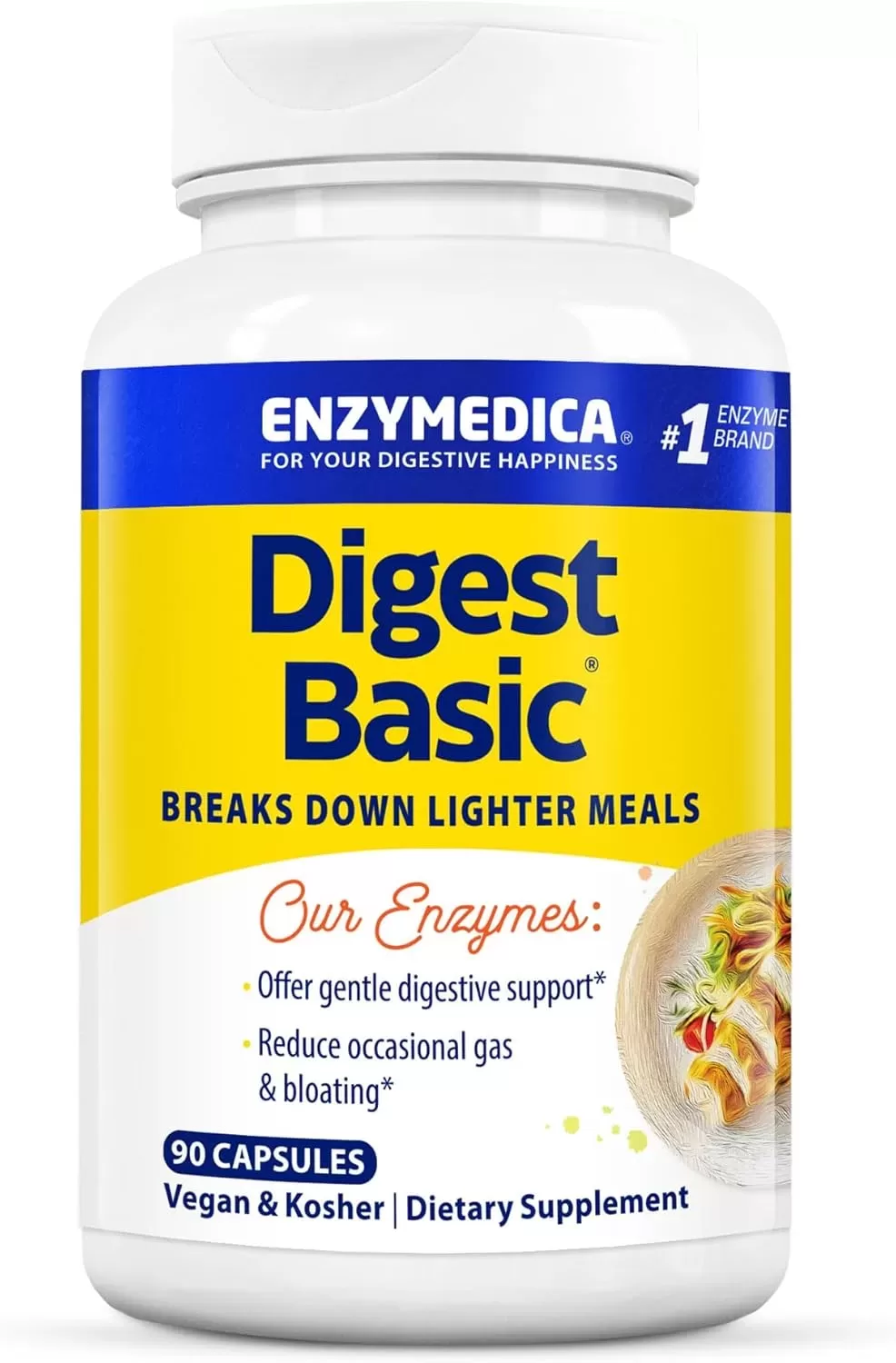
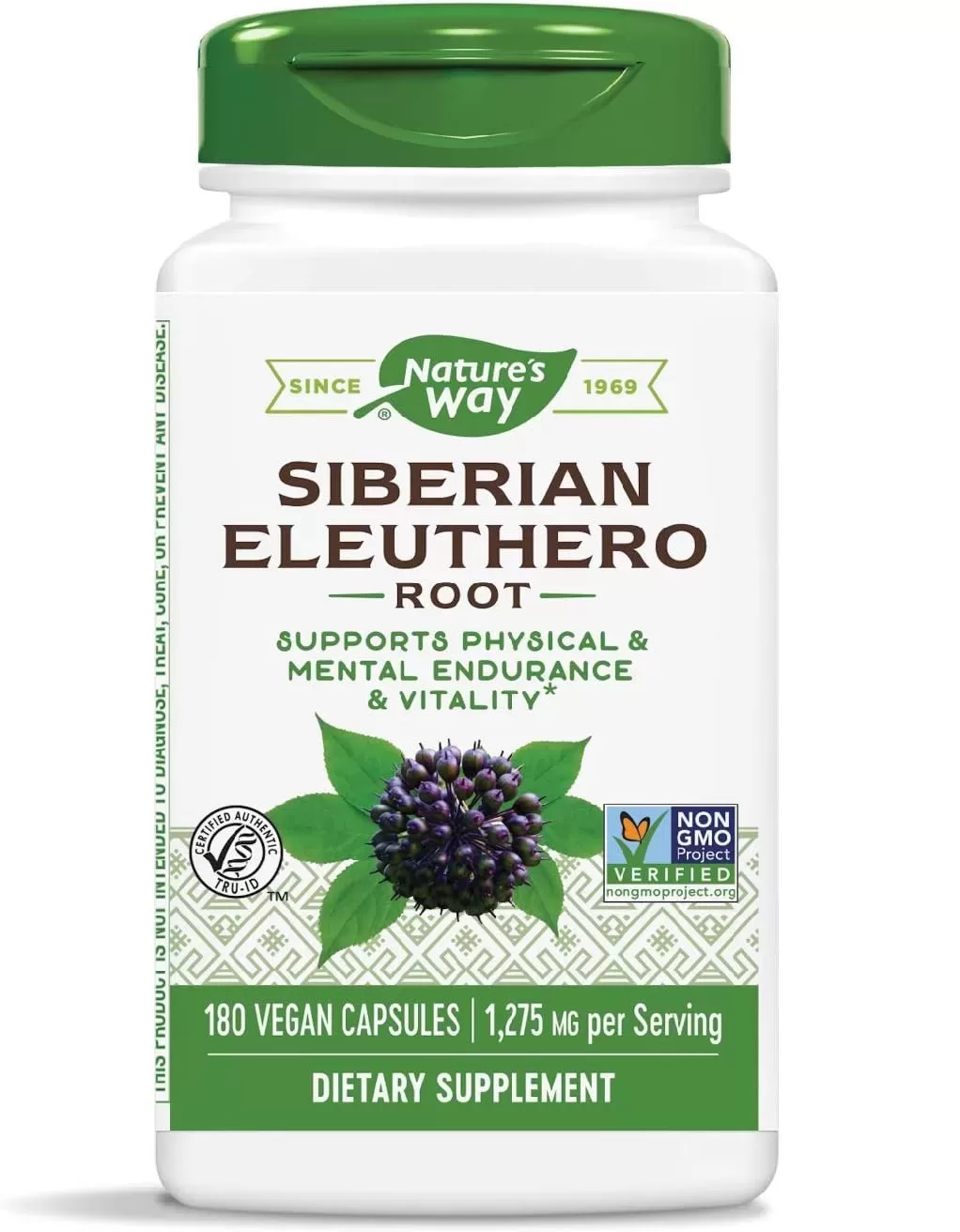
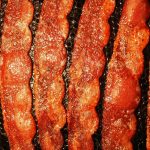
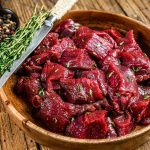
Comments are closed.